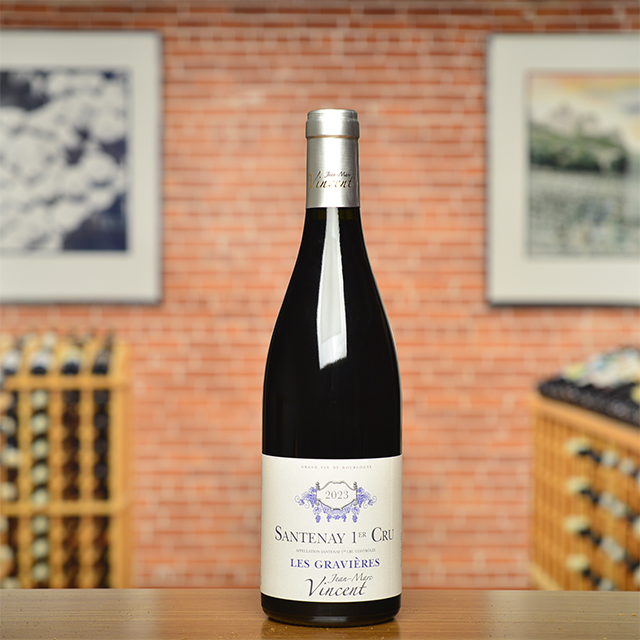Notify me
2019 Sancerre “Racines”
Daniel Chotard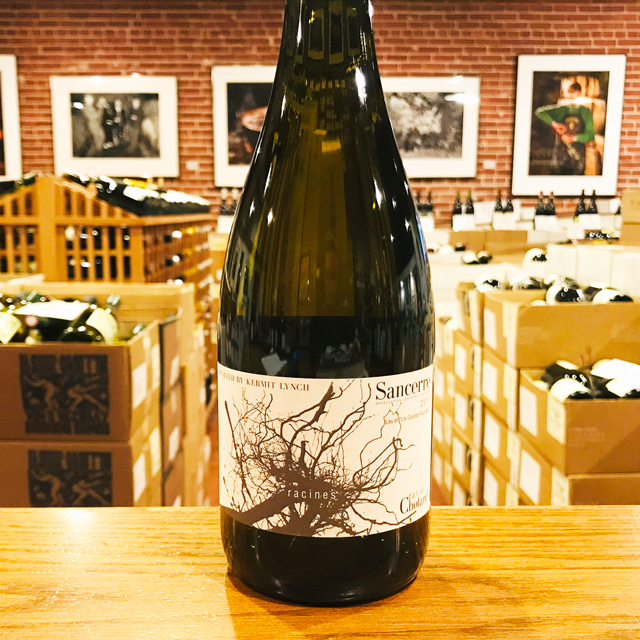
Racines is an old-vine cuvée vinified and raised in 300-500 liter oak barrels. The most Burgundian of Simon’s wines, it combines the racy acidity and taut mineral structure imparted by the Kimmeridgian limestone terroir with a subtle kiss of oak and a fine wood grain on the finale. Its inherent power, tension, and richness will allow it to age superbly, reaching its peak in five to eight more years.
—Anthony Lynch
| Wine Type: | white |
| Vintage: | 2019 |
| Bottle Size: | 750mL |
| Blend: | Sauvignon Blanc |
| Appellation: | Sancerre |
| Country: | France |
| Region: | Loire |
| Producer: | Daniel Chotard |
| Winemaker: | Simon Chotard |
| Vineyard: | 45-65 years average, .45 ha |
| Soil: | Clay, Limestone, Kimmeridgian Marl |
| Aging: | After 10 months of aging in fûts (30% new, 300 to 500 liter barrels), wine is transferred to stainless steel tank for 6 months and then ages for 2 months in bottle before release |
| Farming: | Lutte Raisonnée |
| Alcohol: | 14% |
More from this Producer or Region

2024 Menetou-Salon Blanc “Le Prieuré”
France | Loire
From a small but mighty appellation boasting an impressive soil loaded with fossilized oyster shells. Peachy, finely textured, and pleasantly verdant.
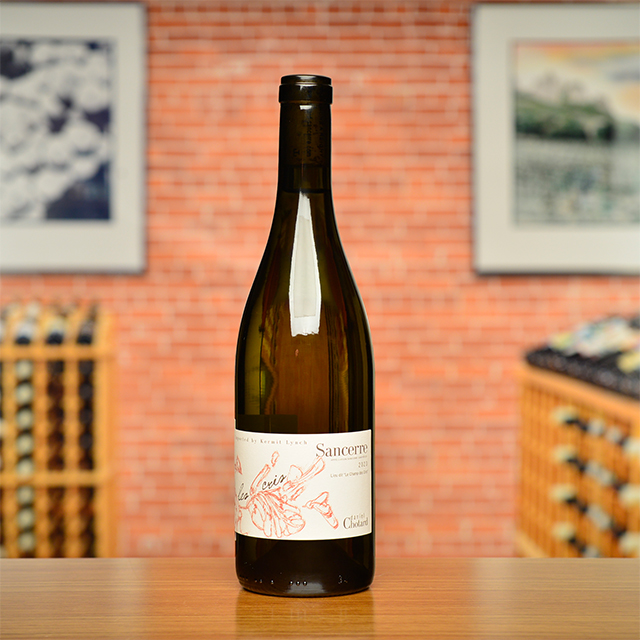
2023 Sancerre “Les Cris”
France | Loire
Simply gorgeous, the Cris is sublimely perfumed, generous on the palate, and long and saline on the elegant finish.
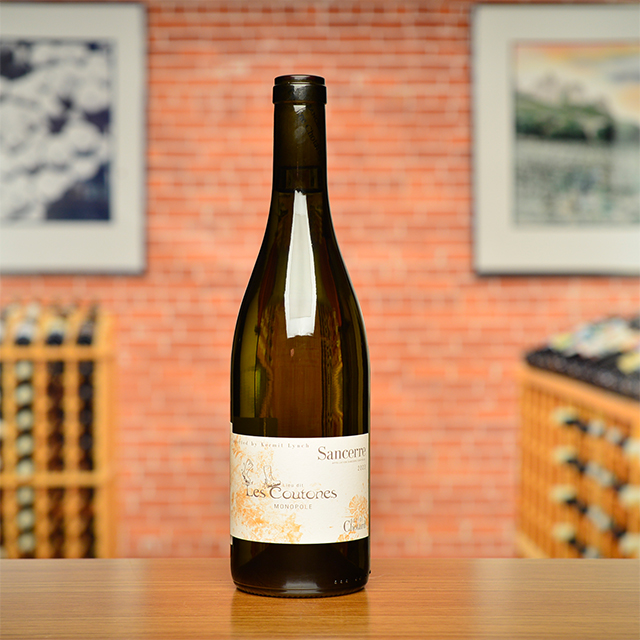
2023 Sancerre “Les Coutones”
France | Loire
A fleshy, full-bodied Sancerre with great freshness and the ability to age in bottle for a few years after release.

2024 Val de Loire Sauvignon Blanc “Unique”
France | Loire
Lime blossoms delivered via a lightning bolt of minerally refreshment.
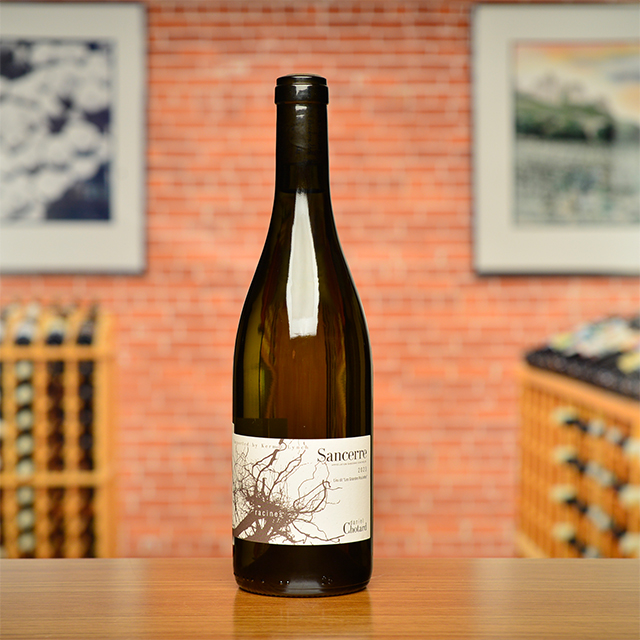
2023 Sancerre “Racines”
France | Loire
It combines the racy acidity and taut mineral structure imparted by the Kimmeridgian limestone terroir with a subtle kiss of oak and a fine wood grain on the finale.

2024 Jasnières
France | Loire
Racy, slightly honeyed, exotically perfumed, and loaded with minerality, this wine is an excellent representation of how Chenin reacts to the local conditions.
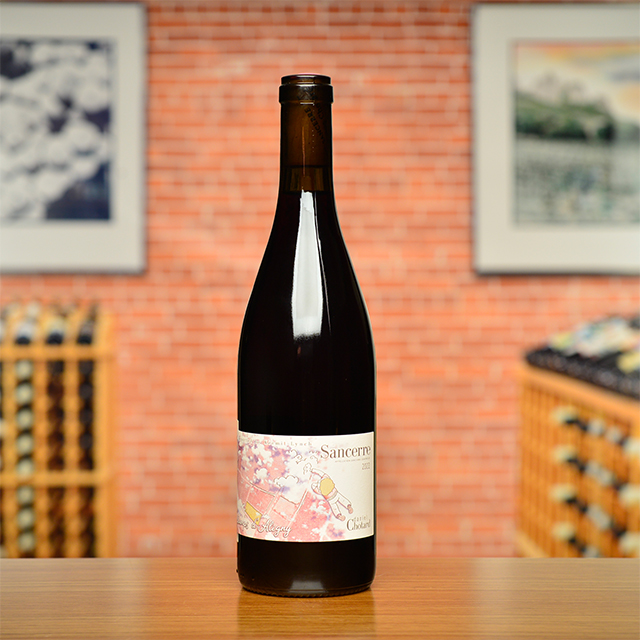
2022 Sancerre Rouge “Champs d’Alligny”
France | Loire
Previously blended into the domaine’s Sancerre rouge, the Champs d’Alligny is now its own bottling, a successful experiment if there ever was one.

2024 Pouilly-Fumé “Vieilles Vignes”
France | Loire
The classic Sauvignon Blanc characteristics are present, but understated—floral notes, subtle citrus, a cool grassiness—and there’s a chalkiness so textural you can feel it as you taste.
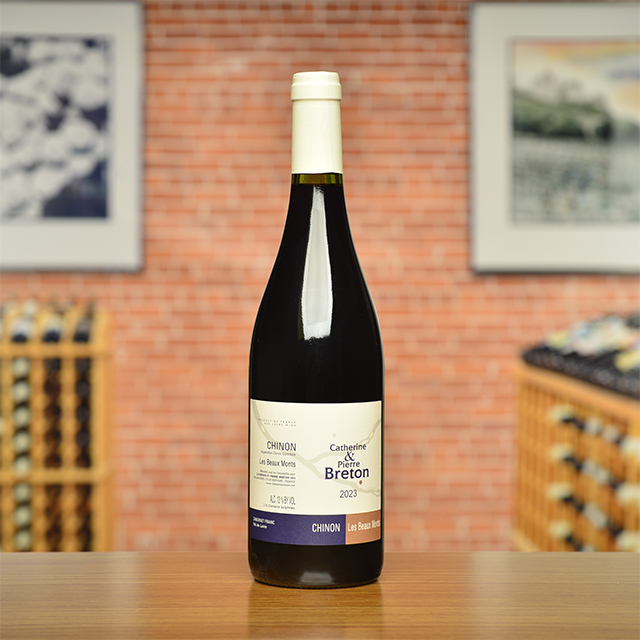
2023 Chinon “Beaux Monts”
France | Loire
Sourced from the village of Beaumont, it is utterly delicious, with a perfect balance of fruit and earth.
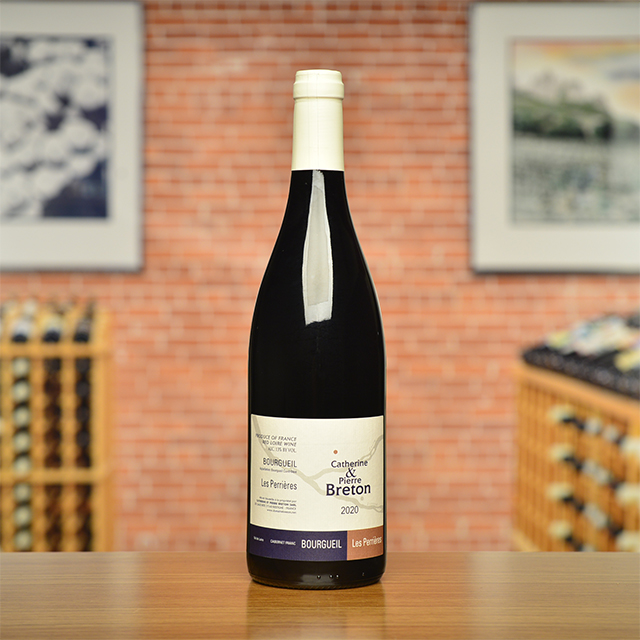
2020 Bourgueil “Les Perrières”
France | Loire
The family’s grandest wine, a brooding elixir of satiny fruit, cedar, and graphite.
About The Producer
Daniel Chotard
About The Region
Loire

The defining feature of the Loire Valley, not surprisingly, is the Loire River. As the longest river in France, spanning more than 600 miles, this river connects seemingly disparate wine regions. Why else would Sancerre, with its Kimmeridgian limestone terroir be connected to Muscadet, an appellation that is 250 miles away?
Secondary in relevance to the historical, climatic, environmental, and cultural importance of the river are the wines and châteaux of the Jardin de la France. The kings and nobility of France built many hundreds of châteaux in the Loire but wine preceded the arrival of the noblesse and has since out-lived them as well.
Diversity abounds in the Loire. The aforementioned Kimmeridgian limestone of Sancerre is also found in Chablis. Chinon, Bourgueil, and Saumur boast the presence of tuffeau, a type of limestone unique to the Loire that has a yellowish tinge and a chalky texture. Savennières has schist, while Muscadet has volcanic, granite, and serpentinite based soils. In addition to geologic diversity, many, grape varieties are grown there too: Cabernet Franc, Chenin Blanc, Sauvignon Blanc, and Melon de Bourgogne are most prevalent, but (to name a few) Pinot Gris, Grolleau, Pinot Noir, Pineau d’Aunis, and Folle Blanche are also planted. These myriad of viticultural influences leads to the high quality production of every type of wine: red, white, rosé, sparkling, and dessert.
Like the Rhône and Provence, some of Kermit’s first imports came from the Loire, most notably the wines of Charles Joguet and Château d’Epiré—two producers who are featured in Kermit’s book Adventures on the Wine Route and with whom we still work today.
More from Loire or France
2021 Saumur Blanc “Terres”
Thierry Germain France | Loire
2024 Chardonnay
Eric Chevalier France | Loire
2021 Vin de France Rosé Grolleau/Cabernet Franc “Les Arceaux”
Grange Saint-Sauveur France | Loire
2022 Muscadet Sèvre et Maine “Réserve”
Domaine Michel Brégeon France | Loire
2016 Chinon “Les Varennes du Grand Clos” MAGNUM
Charles Joguet France | Loire
2020 Vin de France Rouge Grolleau/Cabernet Franc “Clandestine”
Grange Saint Sauveur France | Loire
2024 Vouvray “Les Fondraux”
Champalou France | Loire
2024 Jasnières
Pascal Janvier France | Loire
2022 Jasnières “Cuvée Sainte Narcisse”
Pascal Janvier France | Loire
2024 Muscadet Sèvre et Maine Sur Lie
Domaine Michel Brégeon France | Loire
2024 Reuilly Pinot Gris Rosé
Domaine de Reuilly France | Loire
2021 Chinon “La Croix Boissée”
Bernard Baudry France | Loire
2021 Saumur Blanc “Terres”
Thierry Germain France | Loire
2024 Chardonnay
Eric Chevalier France | Loire
2021 Vin de France Rosé Grolleau/Cabernet Franc “Les Arceaux”
Grange Saint-Sauveur France | Loire
2022 Muscadet Sèvre et Maine “Réserve”
Domaine Michel Brégeon France | Loire
2016 Chinon “Les Varennes du Grand Clos” MAGNUM
Charles Joguet France | Loire
2020 Vin de France Rouge Grolleau/Cabernet Franc “Clandestine”
Grange Saint Sauveur France | Loire
2024 Vouvray “Les Fondraux”
Champalou France | Loire
2024 Jasnières
Pascal Janvier France | Loire
2022 Jasnières “Cuvée Sainte Narcisse”
Pascal Janvier France | Loire
2024 Muscadet Sèvre et Maine Sur Lie
Domaine Michel Brégeon France | Loire
2024 Reuilly Pinot Gris Rosé
Domaine de Reuilly France | Loire
2021 Chinon “La Croix Boissée”
Bernard Baudry France | Loire
Kermit once said...

Kermit once said...
For the wines that I buy I insist that the winemaker leave them whole, intact. I go into the cellars now and select specific barrels or cuvées, and I request that they be bottled without stripping them with filters or other devices. This means that many of our wines will arrive with a smudge of sediment and will throw a more important deposit as time goes by, It also means the wine will taste better.










